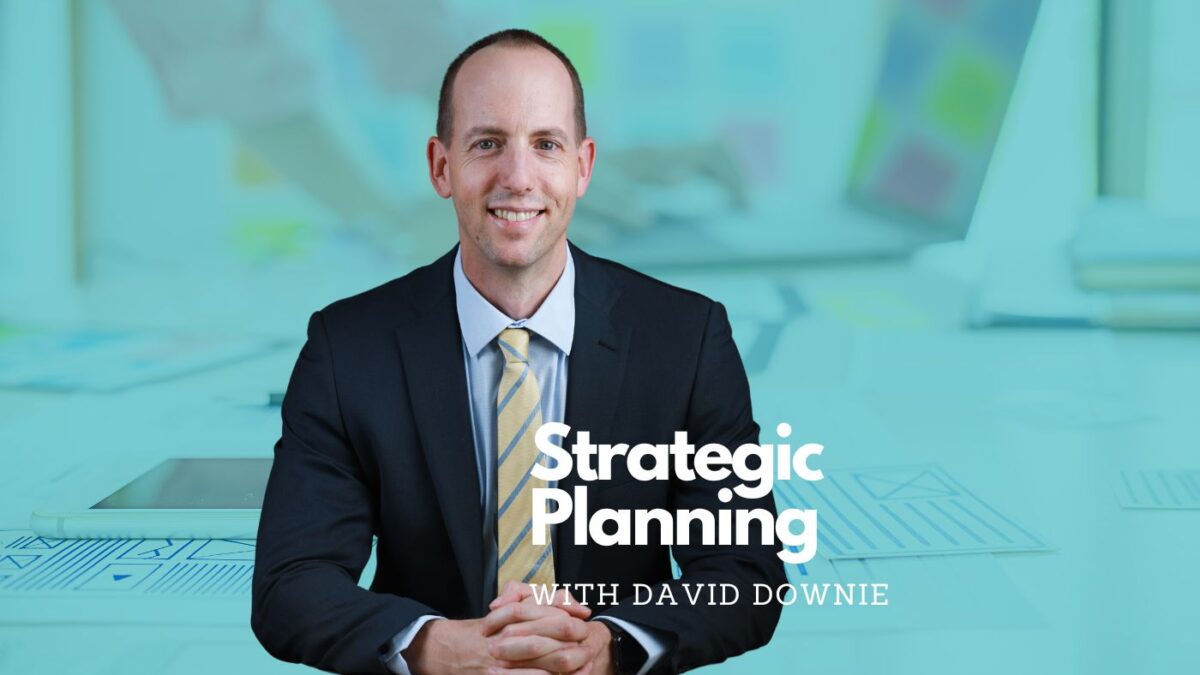Knowing where you’re headed: Your Business Plan
By David Downie, Partner
In a previous post, we started looking at how to develop your own personal Clarity Plan. For many, December and January will be a time to reflect on where you are headed professionally and personally, and to start thinking about whether your current ‘vehicles’ (whether that means your job, business/es or investments) are fit for purpose.
While current and expected economic conditions may result in a little more caution or conservatism generally, we are also coming out of pandemic years that have caused many of us to reassess the ways we work and what really matters to us. Many are itching to make big moves, change things up and enjoy regained freedoms like international travel.
If that sounds like you, starting by thinking about and writing down what you want out of life is a solid first step.
Once you have your personal Clarity Plan in place, if you are in business, the next step is to consider how your business is helping you achieve your personal goals – i.e. your Business Plan.
This doesn’t have to be a long and tedious exercise in creating a detailed document no one (including you) will want to read again. That defeats the purpose…
At Allworths we refer to this as our Strategic Plan. It is a one-page summary of who we are – our core values and purpose, what business we are in, and our brand promise. It also shows our key opportunities and threats, our 5-year target KPIs, our 5-year projects, 12-month key numbers, and ’10 Hats’ annual projects for each division of the business (see below for the list).
In startups and small businesses, it’s very common for these things to not be written down. But as you read these items, your own answers are probably top of mind. Simply starting by writing those down could form the basis of your first concise, actionable, ‘Business Plan’.
Making time for a structured strategic planning process
The preparation of our Strategic Plan required a lot of work, including a 3-day retreat from the office where a lot of deep thinking and brainstorming took place with the guidance of our coach, Trent Taylor from Teach it Forward. Prior to the retreat we each had a variety of ‘pre-work’ tasks to complete in the weeks leading up to the event, including putting together a SWOT analysis, reviewing our organisation chart, and compiling our ‘10 Hats’ structure.
At the retreat we started with a discussion on leadership and personal effectiveness. We would only grow the business and the team by a process of personal growth for each of us as leaders.
We then spent a lot of time identifying then defining (in 4 to 6 words) our five core values that we wanted to live into in the firm. When business decisions were to be made or behaviour analysed, it was to be through the lens of these five core values. We gained a lot of value from this process as we keep coming back to the core values when looking at our decisions and planning.
We also spent significant time defining our core purpose, the business we are in, and our brand promise.
The next step was to define our 5-year key performance targets, 5-year projects, business ‘sandbox’ that we operate in, and 12-month performance targets.
On a practical level the most interesting task was setting out our ’10 Hats annual projects’. The 10 Hats of the business are the separate divisions of each business. These are summarised, together with their purpose, below:
- Director Dept – Direction and Strategy
- Leadership Dept – Increase Business Effectiveness
- Marketing Dept – Generate Qualified Leads
- Sales Dept – Convert Qualified Prospects
- Operations Dept – Generate Cash
- Finance Dept – Manage Cash
- Admin Dept – Increase Team Effectiveness
- IT Dept – Increase Leverage
- HR Dept – Increase Team Performance
- Product Development Dept – Innovate and Improve
It’s often said that business owners “wear a lot of hats,” and it’s interesting to get this specific about some of the hats we do wear. Business owners are responsible for doing the work of many different individuals – sometimes whole teams – in larger companies. This exercise helps identify where you could use some help and think about how to add that capability into the mix (whether through a new hire, contractor, piece of software, or some other means)… It also/alternatively helps ensure you are balancing your time and focus effectively across the roles that do rely on you at any one time, to prevent any part of the business from being neglected (which often happens when we’re usually focused on rapid growth, service delivery and firefighting along the way).
In our case, for each of the 10 Hats, we then set out 2 or 3 annual projects to be completed over the next 12 months. We then decided which of these annual projects were priorities to be pursued during the next quarter, and which would be deferred to later quarters.
For the projects assigned to the next quarter we developed the 90-day plan for the quarter. This involved breaking down each project into milestones, then listing the actions required to achieve the milestone together with the person/s responsible, the estimated time required to complete each action, the due date, and the action status. Once this was completed the next vital step was to enter the actions into our respective calendars to allocate the time required.
The most challenging task is then to ensure that all calendar items are completed or re-allocated where necessary, and to regularly update the 90-day plan for discussion in our leadership meetings.
This whole process helps ensure that we’re moving the dial on major improvements and new initiatives while dealing with all our usual day-to-day responsibilities that could otherwise dominate all our thinking.
As we head into December and January, while there are probably a few Christmas parties to contend with – and they are important too – it could also be an ideal time to get away from your usual spaces with your team or key people and put together your own strategy retreat in a more unburdened and creative headspace.
If you plan on exploring this method in your own business and I can assist you with any additional pointers, feel free to contact me.
IMPORTANT NOTICE
This blog post contains general information only and has been provided by Allworths without reference to your objectives, financial situation or needs. Allworths cannot guarantee the accuracy, completeness or timeliness of the information contained here. By making this information available to you, we are not providing professional advice or recommendations. Before acting on any of the information contained here, you should seek professional advice.




